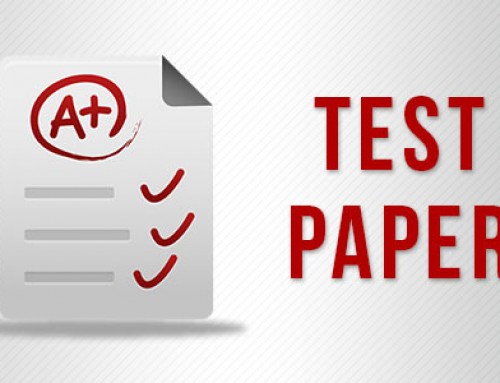So, students, in last lecture we were dealing about linear motion with constant accelerations and we were having some problems or some practice questions on that concept. Let’s take few more examples on the same idea of linear motion with constant acceleration.
Let’s consider a problem, an air balloon is moving vertically upward with constant speed of 40 meters per second. When the height of balloon from the ground is 100 meters, the student in the balloon releases a stone. Then we need to find the trajectory of the stone and the time taken by the stone to reach the ground, okay.
See there is one idea, if an object is released from a moving system, we are not throwing, we are releasing, if an object is released from a moving system, then this object will carry the velocity of its parental system. The system from which you have released, it will carry the parental velocity but you have to notice an important thing that it will not carry acceleration. Because acceleration is dependent on contact force. The moment the student will leave the stone, no longer the force of student is acting on the block or the stone. That’s why now they are independent of each other. So there will be no acceleration sharing between them. But the stone will carry the velocity. That means just after the release the stone will have a vertical velocity of 40 meters per second, 100 meters from the ground. So under the effect of this velocity the stone will move first vertically upward, somewhere it will attain the zero velocity and then it will turn and fall back to the ground. And during this entire motion it will experience a constant acceleration, g. See, after immediate release the velocity remains the same but acceleration changes immediately. The acceleration of the stone at the start was equal to g and now it is in free fall and it is under gravity. The balloon is still moving with constant velocity. So you will get the velocity of the parental system but you will not get the acceleration. Now we have to calculate the time. We can use the second equation. Total displacement is minus 100, initial velocity is 40 in upward direction t minus half gt squared. And once we will solve this (3:26) we will get the answer t is equal to 10 seconds. So after 10 seconds it will reach the ground. The conceptual idea that is involved in this problem is that whenever an object is released from a moving system it will carry the velocity of parental system but it will not carry the acceleration. Done, okay.
Let’s move to the next problem.
Okay, let’s look at one more good problem. A particle is projected upward with initial velocity u. We will observe one certain height, like we are sitting here and watching. And this h is less than h maximum which this object will attain. Now see what the student who is observing the motion, see what he observes. It will move upward and then it will move downwards. That means at the same height this object will appear twice to us. First in the upward journey and second in the downward journey. Let’s say t1 is the initial time and t2 is the, here first or second time. We have to relate t1 and t2 and let’s say we want to find the values of t1 and t2, then what we can do. Okay, so let’s discuss about t1 and t2.






